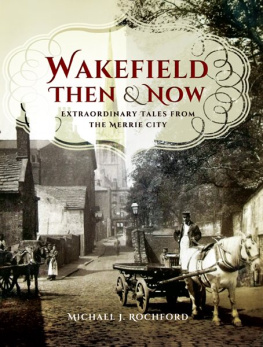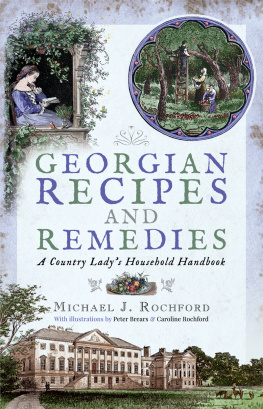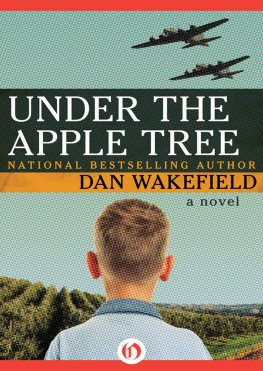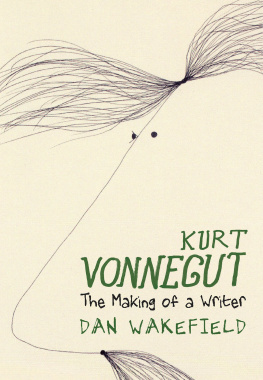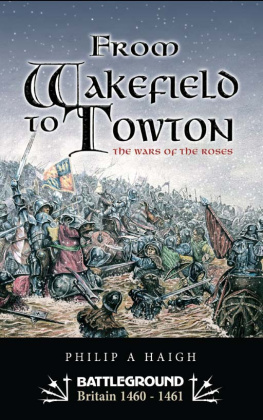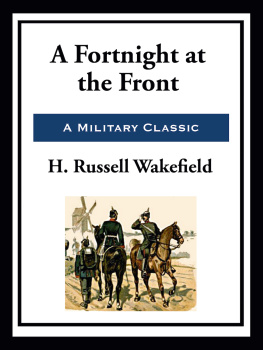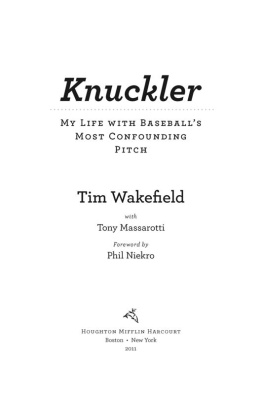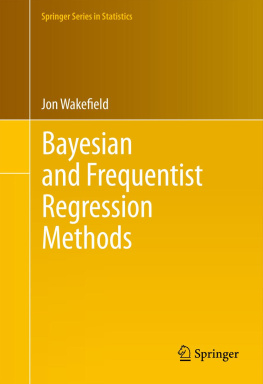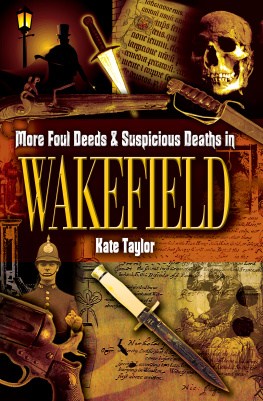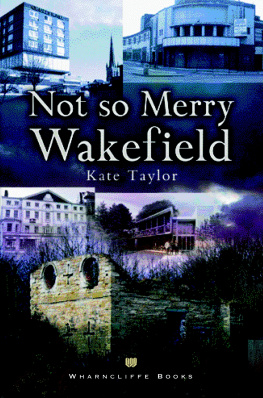
To Caroline, my wife, for all her love, affection, and tireless assistance with this book. Such a modest soul could never know how delightful she is.
First published in Great Britain in 2016 by
Pen & Sword History
an imprint of
Pen & Sword Books Ltd
47 Church Street
Barnsley
South Yorkshire
S70 2AS
Copyright Michael J. Rochford 2016
ISBN: 978 1 47385 848 0
PDF ISBN: 978 1 47385 851 0
EPUB ISBN: 978 1 47385 850 3
PRC ISBN: 978 1 47385 849 7
The right of Michael J. Rochford to be identified as the Author of this Work has been asserted by him in accordance with the Copyright, Designs and Patents Act 1988.
A CIP catalogue record for this book is available from the British Library
All rights reserved. No part of this book may be reproduced or transmitted in any form or by any means, electronic or mechanical including photocopying, recording or by any information storage and retrieval system, without permission from the Publisher in writing.
Typeset in Ehrhardt by
Mac Style Ltd, Bridlington, East Yorkshire
Printed and bound in the UK by CPI Group (UK) Ltd,
Croydon, CRO 4YY
Pen & Sword Books Ltd incorporates the imprints of Pen & Sword Archaeology, Atlas, Aviation, Battleground, Discovery, Family History, History, Maritime, Military, Naval, Politics, Railways, Select, Transport, True Crime, Fiction, Frontline Books, Leo Cooper, Praetorian Press, Seaforth Publishing and Wharncliffe.
For a complete list of Pen & Sword titles please contact
PEN & SWORD BOOKS LIMITED
47 Church Street, Barnsley, South Yorkshire, S70 2AS, England
E-mail:
Website: www.pen-and-sword.co.uk
Contents
Acknowledgements
T hanks go to Pen & Sword, my publisher, for giving me the opportunity to write this book. To Kirsty McHugh, late of the Yorkshire Archaeological and Historical Society, for her kind permission to reproduce images from John W. Walkers collection, and thanks also to Old Maps.co.uk for allowing me to reproduce Ordnance Survey maps of the nineteenth century. Also to Richard Knowles of Rickaro Books for sourcing such scarce Wakefield titles for me. And to Linne Matthews, a most encouraging, supportive and diligent editor.
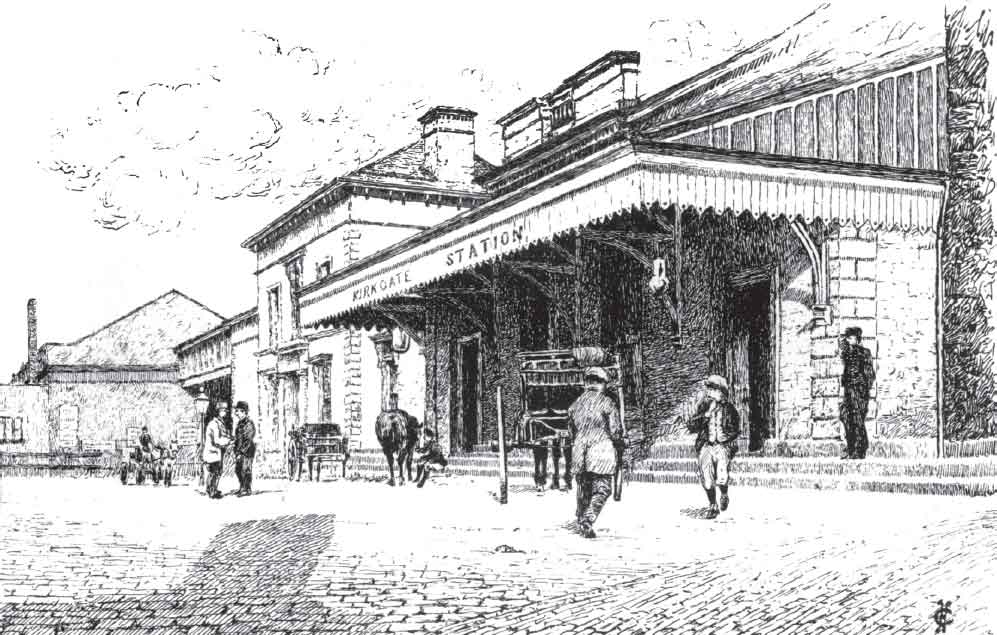
Kirkgate Station, drawn by Henry Clarke, who was surgeon at Wakefield Prison from 1876 to 1908. The image, believed to have been drawn in the 1890s, shows the station building, which was completed in 1857. By courtesy of Wakefield Local Studies Library (WLSL).
Introduction
J ust after 11.00 am on Wednesday, 25 August 1869, a train from Huddersfield pulled into the busy Kirkgate Station at Wakefield, smoke billowing from its chimney. It was met by Dr Holdsworth, mayor of the town, accompanied by a number of Wakefield gentlemen. They were assembled to greet Fairless Barber, Esq., secretary of the Huddersfield Archaeological and Topographical Society (which was soon to be renamed the Yorkshire Archaeological Society) whod brought its members, and a large number of their wives and friends, on a special excursion to Wakefield. The visitors were about to embark on a grand tour of the town and its surroundings, breaking for a fine luncheon at the Great Bull Hotel at the top of Westgate.
The topographers were well aware of the rich history awaiting them in a town that had become a merchant powerhouse of the north by the nineteenth century. It had benefited from the Industrial Revolution and was built on the trades of wool, cloth and grain, possessing thriving markets and a fine array of civic and religious buildings. Its merchant princes, whod made their fortunes from the success of the towns commerce, lived in palatial mansions in Wakefield and its local townships and villages, their impressive carriages lining Westgate on certain evenings while they gathered at the theatre following days at the races.
A report on the excursion appeared in the local newspaper, the Wakefield Express, which read: There are few towns in the West Riding, and we might add even in the broad county of York itself, that can boast so rich a store of important historical associations [than] the good old Saxon town of merry Wakefield. The account went on to describe the schedule for the tour, starting with the noble, spired parish church within whose time-worn walls are woven so many interesting traditions of the past, followed by a visit to the ancient bridge and Chantry Chapel, with the report noting the bloody fray that took place there. This was a reference to the Battle of Wakefield in 1460. The visitors would also take in the Six Chimneys, Heath Old Hall, Sandal Castle and other relics around which our fancies play, weaving strange pictures of bygone days. But it wasnt only Wakefields buildings that attracted the society, for special notice was paid to its thriving townsfolk who proved such gleesome company as to earn for it the cheerful cognomen of Merrie Wakefield.
The society members werent the first topographers to visit the town, which appeared as Wachefeld in the Domesday Book and was once famed for its mystery plays. John Leland, the antiquary whod been chaplain to King Henry VIII, embarked in 1538 on summer journeys throughout England and Wales, describing his observations of the locations he toured in notebooks, collectively known as his itinerary. The following is his account of what he found at Wakefield:
Wakefield upon Calder ys a very quick market-towne and meately large; well served of flesch and fische, both from the se and by rivers, whereof divers be thereabout at hande, so that al vitaile is very gode chepe there. A right honest man shal fare well for two pens a meale. In this towne is but one chefe chirche There is also a chapel of our Ladye on Calder bridge A quarter of a mile without Wakefeld apperith an hille of erthe cast up, wher sum say that one of Erles Warines began to build, and as faste as he builded violence of winde defaced the work. This is like a fable. Sum say that it was nothing but a wind mille hill. The place is now called Lohill. The faire bridge of stone of nine arches under the which rennith the river of Calder; and on the est side of this bridge, is a right goodly chapel of our Ladye Al the hole profite of the toune stondith by course drapery. There be few townes yn the inwarde partes of Yorkshire that hath a fairer site or soile about it. There be plente of veines of se cole in the quarters about Wakefeld.
As well as commenting on the towns industries, the parish church and Chantry Chapel, Leland had noted the apparent site of a castle at Lowe or Lawe Hill, located within what is now Thornes Park. It was believed to have been begun and then abandoned by one of the Warenne family (Earls of Surrey), whod been granted the manor of Wakefield and estates at Sandal, where the second earl built Sandal Castle, originally from timber. The fabled castle at Lowe Hill is of continuing interest to the modern archaeologist. Indeed, it was announced in 2015 that the site was to be surveyed, with ambitious plans to excavate, sixty years after searches in the 1950s uncovered no hint of any stonework.
Later in the sixteenth century, antiquarian and topographer William Camden followed in Lelands footsteps, and described what hed seen at Wakefield in his opus Britannia. He wrote of a towne famous for clothing, for greatnesse, for faire building, a well frequented mercate, and a bridge, upon which King Edward the Fourth erected a beautifull chappell in memoriall of those that lost their lives there in battaile.
Next page
